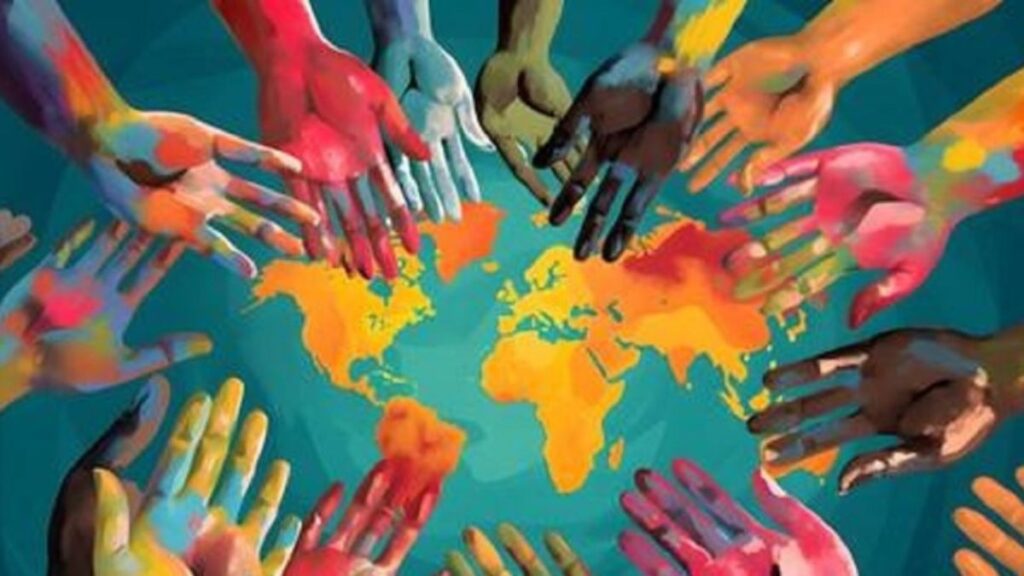Introduction to Ka Ho Cho and its History
Ka Ho Cho is more than just a term; it embodies a rich tapestry of cultural significance that transcends borders and generations. Rooted in tradition yet constantly evolving, this concept has made its way into the modern fabric of society, influencing art, fashion, media, and even our daily lives. As we delve deeper into the history and impact of Ka Ho Cho, we’ll uncover how it resonates with contemporary audiences while also sparking conversations around its controversies. Join us on this journey as we explore what makes Ka Ho Cho an enduring force in today’s world.
The Cultural Significance of Ka Ho Cho
Ka Ho Cho serves as a vibrant thread in the fabric of cultural identity. This phenomenon transcends mere entertainment, becoming a vessel for tradition and history.
At its core, Ka Ho Cho embodies values that resonate across generations. It brings communities together, fostering a shared understanding of heritage and customs.
The stories told through Ka Ho Cho often reflect societal norms and challenges. They act as mirrors, allowing audiences to see themselves in varied narratives.
Moreover, it champions voices that have been marginalized. Through its platform, underrepresented creators find opportunities to express their artistry and perspectives.
As cultural dialogues evolve, so does the significance of Ka Ho Cho. It adapts while holding onto essential truths about human experience—love, struggle, joy—making it timeless yet contemporary.
Ka Ho Cho in Pop Culture: Movies, TV Shows, and Music
Ka Ho Cho has woven itself into the fabric of pop culture, appearing in various forms of entertainment. Movies often feature this vibrant theme, showcasing its colorful aesthetics and rich traditions. Audiences are captivated by the stories that unfold around it.
Television shows have also embraced Ka Ho Cho. From dramatic narratives to lighthearted comedies, elements of Ka Ho Cho bring depth and cultural relevance to plots. Characters often find themselves influenced by the traditions and values associated with it.
Music artists incorporate Ka Ho Cho’s essence into their work as well. Lyrics may reference its symbols or themes, while melodies can evoke feelings tied to its heritage. Festivals celebrating Ka Ho Cho inspire songs that resonate with listeners on a personal level.
The influence is undeniable, bridging generations and cultures through shared storytelling experiences across screens and stages alike.
Ka Ho Cho’s Influence on Fashion and Art
Ka Ho Cho has made a notable mark on the realms of fashion and art. Designers often draw inspiration from its vibrant colors and distinct patterns, weaving elements into contemporary collections. This artistic influence can be seen in everything from haute couture to streetwear.
In galleries, artists are embracing Ka Ho Cho’s themes. Their work explores cultural narratives that resonate with diverse audiences. Installations capture the spirit of Ka Ho Cho, merging traditional techniques with modern aesthetics.
Fashion runways frequently showcase attire inspired by this cultural phenomenon. Textiles featuring motifs related to Ka Ho Cho tell stories that bridge generations while remaining fresh and relevant.
Art exhibitions celebrate these connections as well, offering a platform for dialogue about identity and heritage rooted in Ka Ho Cho’s essence. The fusion of tradition and innovation continues to inspire creators across various disciplines today.
The Role of Ka Ho Cho in Modern Society
Ka Ho Cho plays a vital role in modern society, serving as both a cultural touchstone and a beacon of identity for many. It resonates deeply with individuals seeking connection to their heritage while navigating contemporary challenges.
In various communities, Ka Ho Cho fosters unity and pride. It encourages shared experiences that strengthen bonds among diverse groups. This celebration of culture not only enriches personal lives but also promotes social cohesion.
Additionally, its themes often inspire conversations around important issues such as resilience and adaptation. By engaging with these ideas, people can explore their own narratives within the framework of Ka Ho Cho.
Moreover, educational initiatives centered on Ka Ho Cho empower younger generations. They learn about history and tradition through interactive events and workshops, ensuring the legacy continues to thrive in an ever-evolving world.
Controversies Surrounding Ka Ho Cho
Ka Ho Cho has not been without its share of controversies. Critics often question the authenticity of its cultural representations, arguing that commercialization dilutes true heritage. This skepticism raises important discussions about ownership and respect for tradition.
Moreover, some argue that certain depictions in mainstream media can perpetuate stereotypes. These portrayals have sparked debates on whether they celebrate or misrepresent Ka Ho Cho’s rich history.
Social media platforms amplify these conversations. Voices from various communities express their viewpoints passionately, leading to a broader dialogue about identity and representation.
Events centered around Ka Ho Cho are sometimes met with protests or calls for boycotts, highlighting the complexities within cultural appreciation versus appropriation. Such reactions indicate how deeply personal connections to this culture run among advocates and critics alike.
Navigating these issues is crucial as society continues to embrace diversity while grappling with its implications on longstanding traditions like Ka Ho Cho.
Conclusion: Celebrating the Legacy of Ka Ho Cho
The journey of Ka Ho Cho through history is nothing short of remarkable. Its cultural significance resonates with diverse communities, championing traditions and values that are cherished by many. From its representation in pop culture to its influence on fashion and art, Ka Ho Cho has carved a unique place in modern society.
This phenomenon also sparks conversations about identity and belonging. It challenges norms while promoting creativity across various platforms. However, the controversies it faces remind us that discussions about cultural symbols can be complex and layered.
As we celebrate the legacy of Ka Ho Cho, it’s essential to acknowledge both its triumphs and struggles. The impact it has made continues to inspire new generations, encouraging them to explore their own identities while embracing their heritage. This enduring spirit ensures that Ka Ho Cho remains a vital part of our collective narrative for years to come.





